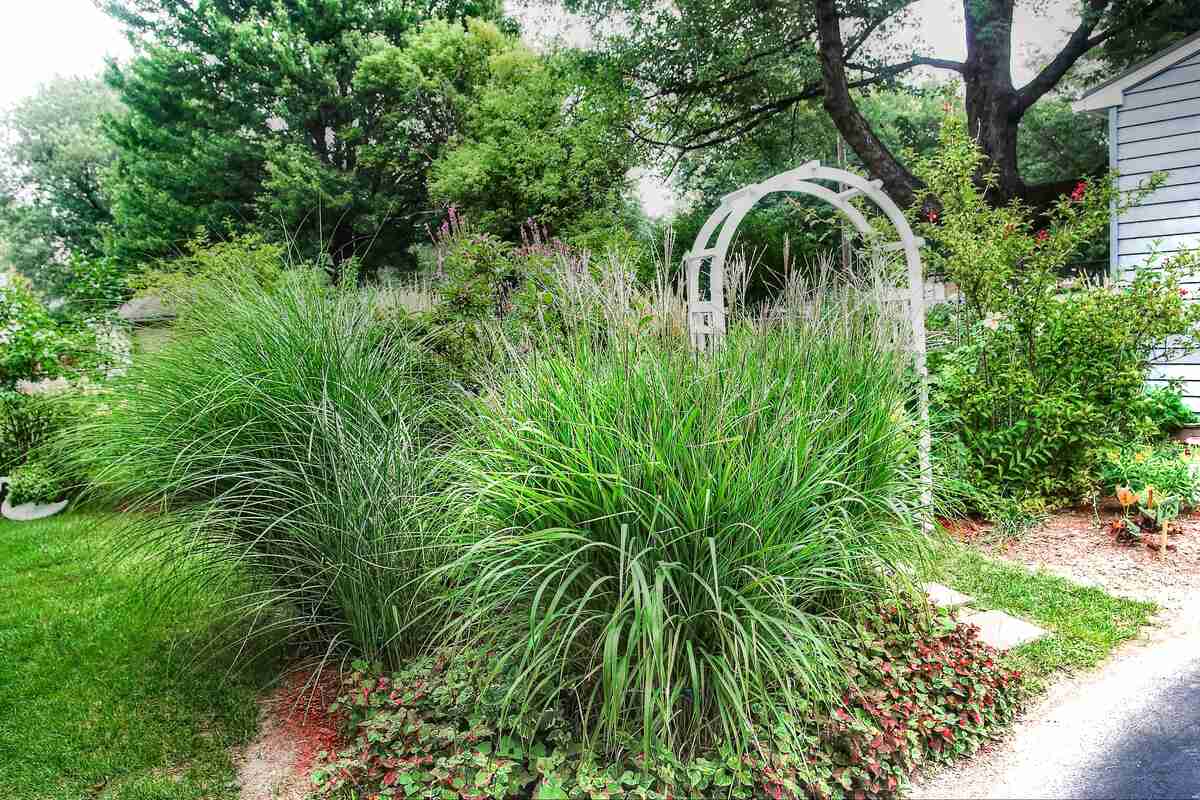Do you want a beautiful garden? Try planting ornamental grasses. They add beauty and movement to your yard. They are easy to grow and care for. Let’s learn how to plant them.
What Are Ornamental Grasses?
Ornamental grasses are plants with long, thin leaves. They come in many shapes and colors. Some are tall, and some are short. They sway in the wind, making them look alive. They can make your garden look pretty and calm.
Why Plant Ornamental Grasses?
There are many reasons to plant these grasses. They need little care. They grow in many places. Their beauty lasts all year. They help with soil erosion. They also attract birds and insects. They are perfect for any garden.
Choosing the Right Ornamental Grass
First, think about your garden. Is it sunny or shady? What is the soil like? Wet or dry? Choose grasses that will thrive in your garden’s conditions. Here are some popular choices:
- Feather Reed Grass: Likes sun. Grows tall and thin.
- Fountain Grass: Soft and fluffy. Needs sun.
- Blue Fescue: Small and blue. Great for borders.
- Switchgrass: Tall and strong. Good for wet soil.
Pick grasses that fit your garden style. Some look wild, and others look tidy.
Preparing the Ground
Next, prepare the planting area. Remove weeds and rocks. Loosen the soil with a shovel or fork. Add compost to enrich the soil. This helps the grasses grow strong.

Credit: www.yahoo.com
Planting the Grasses
Now it’s time to plant. Follow these steps:
- Dig a hole twice as wide as the root ball.
- Place the grass in the hole. The top of the root ball should be level with the ground.
- Fill the hole with soil. Press the soil gently around the roots.
- Water the plant deeply. This removes air pockets and helps the roots settle.
Space the grasses apart. They need room to grow. Check the plant label for spacing advice.
Caring for Your Ornamental Grasses
These grasses are easy to care for. Here are some tips:
- Watering: Water regularly, especially in dry weather. Do not overwater.
- Fertilizing: Use a slow-release fertilizer in spring.
- Pruning: Cut back in late winter. This encourages new growth.
- Pest Control: They rarely have pests. If needed, use natural solutions.
Ornamental Grasses in Design
These grasses are not just pretty. They can be used in garden design. Here are some ideas:
- Use tall grasses as privacy screens.
- Plant them in groups for a bold look.
- Mix them with flowers for color contrast.
- Add them to rock gardens for texture.
Be creative. Your garden is your canvas.
Seasonal Interest
Ornamental grasses change with the seasons. In spring, they grow fresh and green. Summer brings flowers and seeds. In fall, they turn golden and brown. Winter shows their strong shapes. They add interest all year long.
Common Problems and Solutions
Sometimes, problems happen. Here are a few and how to fix them:
| Problem | Solution |
|---|---|
| Grass not growing | Check soil and light conditions. Adjust as needed. |
| Brown tips | Water more. Check for pests. |
| Too tall | Prune to control height. |

Credit: www.riverbendnurseries.com
Frequently Asked Questions
What Are The Best Ornamental Grasses For Beginners?
Easy-to-grow types include fountain grass, blue fescue, and maiden grass.
How Much Sunlight Do Ornamental Grasses Need?
Most grasses thrive in full sun but can tolerate some shade.
When Is The Best Time To Plant Ornamental Grasses?
Spring or early fall works well for planting grasses.
How Often Should I Water Newly Planted Grasses?
Water daily for the first two weeks, then reduce frequency.
Conclusion
Ornamental grasses are a great choice for any garden. They are easy to grow and care for. They add beauty and movement. They are good for the environment. With a little effort, your garden can be a stunning retreat. Enjoy the beauty of ornamental grasses!
4 min read

